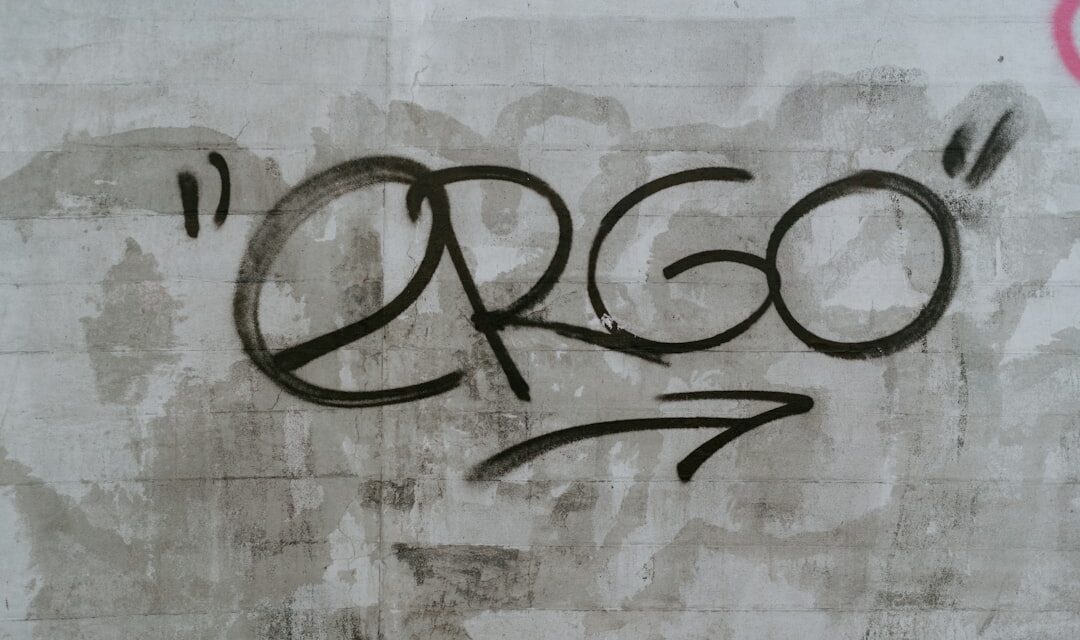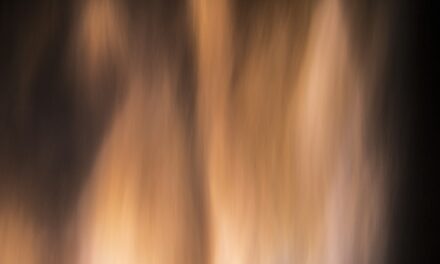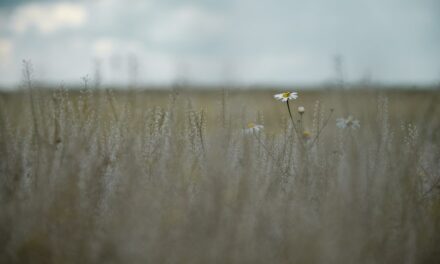Hugo van der Bouts, a prominent figure in the Northern Renaissance, was born around 1410 in the city of Haarlem, Netherlands. His early life remains somewhat shrouded in mystery, with scant records detailing his formative years. However, it is widely believed that he received his initial artistic training in the vibrant artistic milieu of Flanders, a region renowned for its flourishing art scene during the 15th century.
The influence of the Burgundian court, which patronised numerous artists, likely played a significant role in shaping Bouts’ artistic sensibilities. As a young artist, Bouts would have been exposed to the works of his contemporaries, including Jan van Eyck and Rogier van der Weyden, whose meticulous attention to detail and innovative use of oil paints set a high standard for aspiring painters. It is thought that Bouts may have trained in a workshop environment, where he would have honed his skills in drawing, composition, and colour theory.
This foundational training would later manifest in his own distinctive style, characterised by a blend of realism and spiritual depth.
Summary
- Early Life and Training: Bouts was born in Haarlem, Netherlands, and trained in the artistic traditions of the region.
- Style and Influences: Bouts’ style was influenced by the works of Jan van Eyck and Rogier van der Weyden, known for their attention to detail and use of light and shadow.
- Notable Works and Commissions: Bouts received commissions from prominent figures, including the city of Louvain and the Brotherhood of Our Lady.
- The Last Supper Altarpiece: Bouts’ masterpiece, The Last Supper Altarpiece, is known for its intricate details and emotional portrayal of the scene.
- The Altarpiece of the Holy Sacrament: This altarpiece is a testament to Bouts’ skill in capturing religious devotion and symbolism in his work.
Style and Influences
Bouts’ artistic style is often described as a harmonious fusion of realism and idealism, reflecting the dual influences of the Gothic tradition and the emerging Renaissance ideals. His works are marked by a meticulous attention to detail, particularly in the rendering of fabrics and textures, which imbue his figures with a lifelike quality. The use of vibrant colours and intricate patterns further enhances the visual appeal of his paintings, drawing viewers into the narrative he seeks to convey.
The influence of the Flemish Primitives is evident in Bouts’ work, particularly in his approach to composition and the portrayal of human figures. He adopted the use of linear perspective and atmospheric effects, techniques that were becoming increasingly popular during his time. Additionally, Bouts was inspired by religious themes prevalent in the art of his predecessors, which he interpreted through his unique lens.
His ability to blend these influences into a cohesive style set him apart from his contemporaries and established him as a significant figure in the evolution of Northern Renaissance art.
Notable Works and Commissions
Throughout his career, Bouts produced a number of notable works that garnered attention and acclaim. Among these is the “Last Supper,” an altarpiece that exemplifies his mastery of composition and narrative storytelling. Commissioned for a local church, this work showcases Bouts’ ability to convey complex emotions through the expressions and gestures of his figures.
The careful arrangement of the apostles around Christ not only highlights their individual personalities but also serves to enhance the overall drama of the scene. Another significant commission was the “Altarpiece of the Holy Sacrament,” which further solidified Bouts’ reputation as a leading artist of his time. This work is characterised by its intricate details and rich symbolism, reflecting Bouts’ deep understanding of theological concepts.
The altarpiece served not only as a visual focal point for worship but also as an educational tool for the congregation, illustrating key aspects of Christian doctrine through its imagery. Bouts’ ability to marry artistic excellence with religious instruction exemplifies his importance in the context of 15th-century art.
The Last Supper Altarpiece
The “Last Supper” altarpiece stands as one of Bouts’ most celebrated works, encapsulating his artistic prowess and deep engagement with religious themes. Created around 1464-1468, this piece is notable for its dramatic composition and emotional depth. Bouts chose to depict the moment just after Christ has announced that one of his disciples will betray him, capturing the shock and turmoil among the apostles.
Each figure is rendered with meticulous attention to detail, from their expressions to their gestures, creating a palpable sense of tension within the scene. The use of light and shadow in this altarpiece further enhances its emotional impact.
The architectural elements framing the scene also contribute to its grandeur, drawing the eye towards Christ at the centre. This work not only showcases Bouts’ technical skill but also reflects his ability to convey profound spiritual narratives through visual art.
The Altarpiece of the Holy Sacrament
Another significant contribution to Bouts’ oeuvre is the “Altarpiece of the Holy Sacrament,” which exemplifies his ability to blend intricate detail with theological significance. Commissioned for a church in Leuven, this altarpiece features multiple panels that depict various scenes related to the Eucharist, emphasising its importance within Christian practice. The central panel showcases Christ instituting the sacrament during the Last Supper, while surrounding panels illustrate related biblical narratives.
Bouts’ meticulous attention to detail is evident throughout this work, from the delicate rendering of fabrics to the intricate backgrounds filled with symbolic elements.
This altarpiece not only served as a focal point for worship but also as a didactic tool, educating congregants about the significance of the Holy Sacrament through its rich imagery.
Techniques and Innovations
Bouts was known for his innovative techniques that contributed to the evolution of painting during the Northern Renaissance. One notable aspect of his work is his mastery of oil painting, which allowed for greater flexibility in blending colours and achieving subtle gradations of light and shadow. This technique enabled him to create lifelike textures and intricate details that were previously unattainable with tempera or fresco methods.
In addition to his technical prowess with oil paints, Bouts was also adept at employing perspective to create depth within his compositions. He utilised linear perspective to guide viewers’ eyes towards focal points within his works, enhancing their narrative quality. His innovative approach to composition often involved placing figures in dynamic poses that conveyed movement and emotion, further engaging viewers with the stories he sought to tell.
Legacy and Impact on Art
Hugo van der Bouts left an indelible mark on the art world, influencing generations of artists who followed in his footsteps. His innovative techniques and distinctive style contributed significantly to the development of Northern Renaissance art, paving the way for future masters such as Hans Memling and Jan van Eyck. Bouts’ ability to blend realism with spiritual depth resonated with audiences and set a standard for religious art that would endure for centuries.
Moreover, Bouts’ emphasis on narrative storytelling within his compositions inspired artists to explore similar themes in their own work. His ability to convey complex emotions through facial expressions and gestures became a hallmark of Northern Renaissance painting, influencing not only religious art but also portraiture and genre scenes. As such, Bouts’ legacy extends beyond his own oeuvre; it encompasses a broader movement that shaped the trajectory of European art during a pivotal period in history.
The Bouts Workshop
The Bouts workshop played a crucial role in disseminating Hugo van der Bouts’ artistic vision and techniques throughout Flanders and beyond. As an established artist, Bouts likely trained numerous apprentices who would go on to create their own works under his guidance. This workshop environment fostered collaboration and innovation, allowing for the exchange of ideas and techniques among emerging artists.
The influence of the Bouts workshop can be seen in various works attributed to his students or followers, who adopted elements of his style while infusing their own interpretations. This legacy not only ensured that Bouts’ artistic principles endured but also contributed to the broader evolution of Northern Renaissance art as a whole. The workshop model exemplified how artists could build upon one another’s ideas while maintaining individual creativity—a hallmark of artistic development during this period.
Religious Themes in Bouts’ Work
Religious themes permeate much of Hugo van der Bouts’ oeuvre, reflecting both his personal beliefs and the cultural context in which he worked. His paintings often depict key moments from biblical narratives, inviting viewers to engage with profound spiritual concepts through visual storytelling. This focus on religious subject matter was not merely a reflection of popular demand; it also stemmed from Bouts’ deep understanding of theology and its significance within society.
In works such as “The Last Supper” and “The Altarpiece of the Holy Sacrament,” Bouts employed symbolism and iconography to convey complex theological ideas. His careful attention to detail ensured that each element within these compositions served a purpose—whether it was highlighting Christ’s divinity or illustrating key aspects of Christian doctrine. Through these religious themes, Bouts sought not only to inspire devotion among viewers but also to provoke contemplation about their faith.
Bouts’ Portraits and Portrayal of Human Emotion
In addition to his religious works, Hugo van der Bouts also ventured into portraiture, capturing the essence of individual subjects with remarkable sensitivity. His portraits are characterised by their lifelike quality and emotional depth, showcasing his ability to convey complex human emotions through subtle facial expressions and gestures. This focus on individuality marked a departure from more formulaic representations prevalent in earlier periods.
Bouts’ portraits often reflect a keen understanding of character and personality, inviting viewers to connect with subjects on a personal level. By portraying individuals with such nuance, he elevated portraiture as an art form—transforming it into a means of exploring human experience rather than merely documenting appearances. This emphasis on emotional expression would later influence subsequent generations of portrait painters who sought to capture not just likenesses but also the inner lives of their subjects.
Bouts’ Place in Art History
Hugo van der Bouts occupies a significant position within art history as one of the leading figures of the Northern Renaissance. His innovative techniques, distinctive style, and exploration of religious themes contributed to shaping the trajectory of European art during a transformative period. While he may not be as widely recognised as some contemporaries like Jan van Eyck or Rogier van der Weyden, Bouts’ contributions are nonetheless invaluable.
His legacy endures through both his own works and those produced by his workshop apprentices, ensuring that his artistic principles continued to resonate long after his death around 1475. As scholars continue to study Bouts’ oeuvre, they uncover new insights into his techniques and influences—further solidifying his place within the pantheon of great artists who shaped the course of Western art history. In this way, Hugo van der Bouts remains an enduring figure whose impact continues to be felt across centuries.
For those interested in exploring the intersection of tradition and technology in art, a related article worth checking out is Digital Calligraphy Tools: Bridging Tradition and Tech. This article delves into how modern digital tools are revolutionising the practice of calligraphy, offering new possibilities for artists to blend traditional techniques with cutting-edge technology. Just as Dieric Bouts pushed the boundaries of his time with his innovative approach to painting, artists today are finding new ways to express themselves through the fusion of old and new methods.




